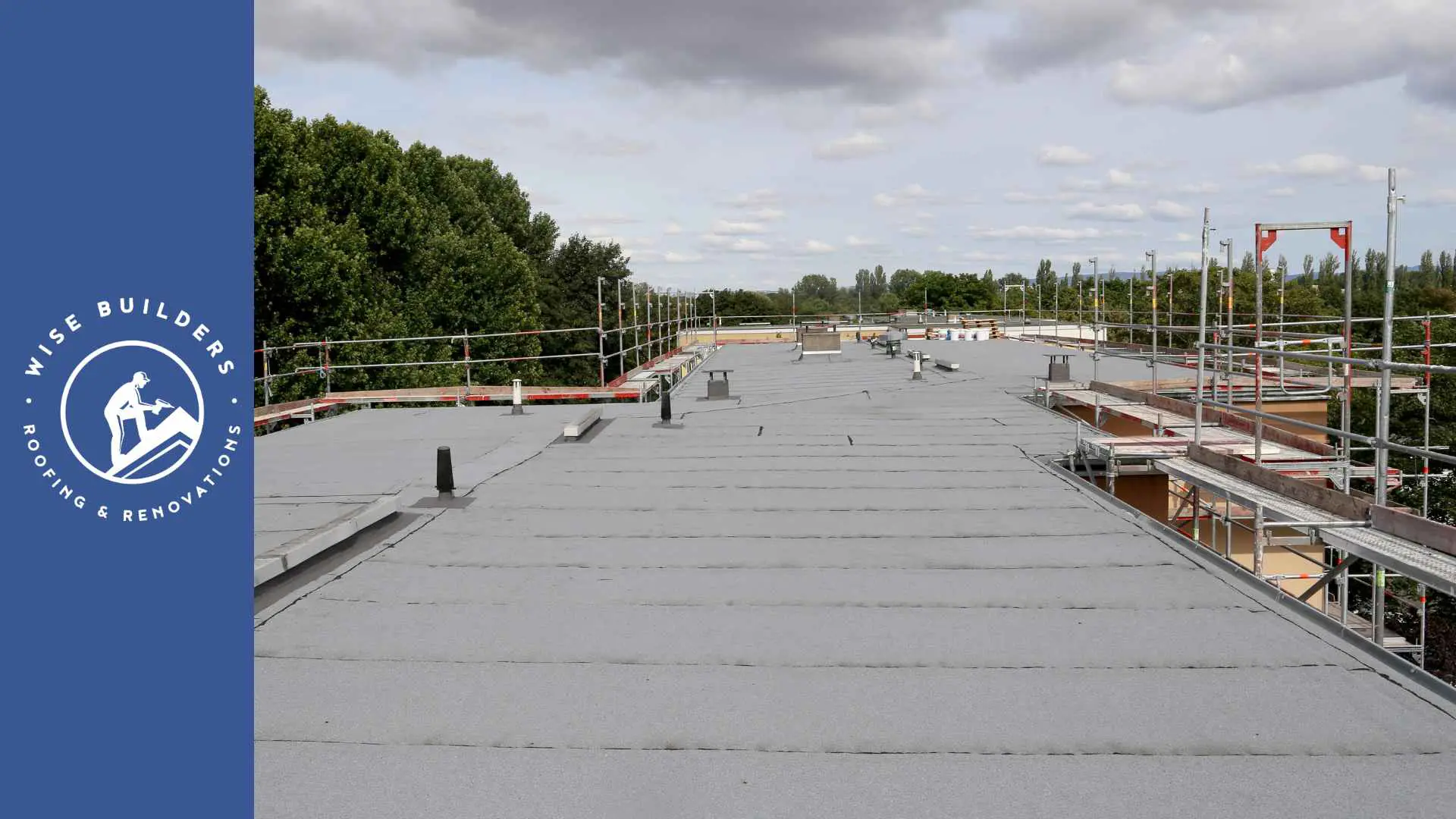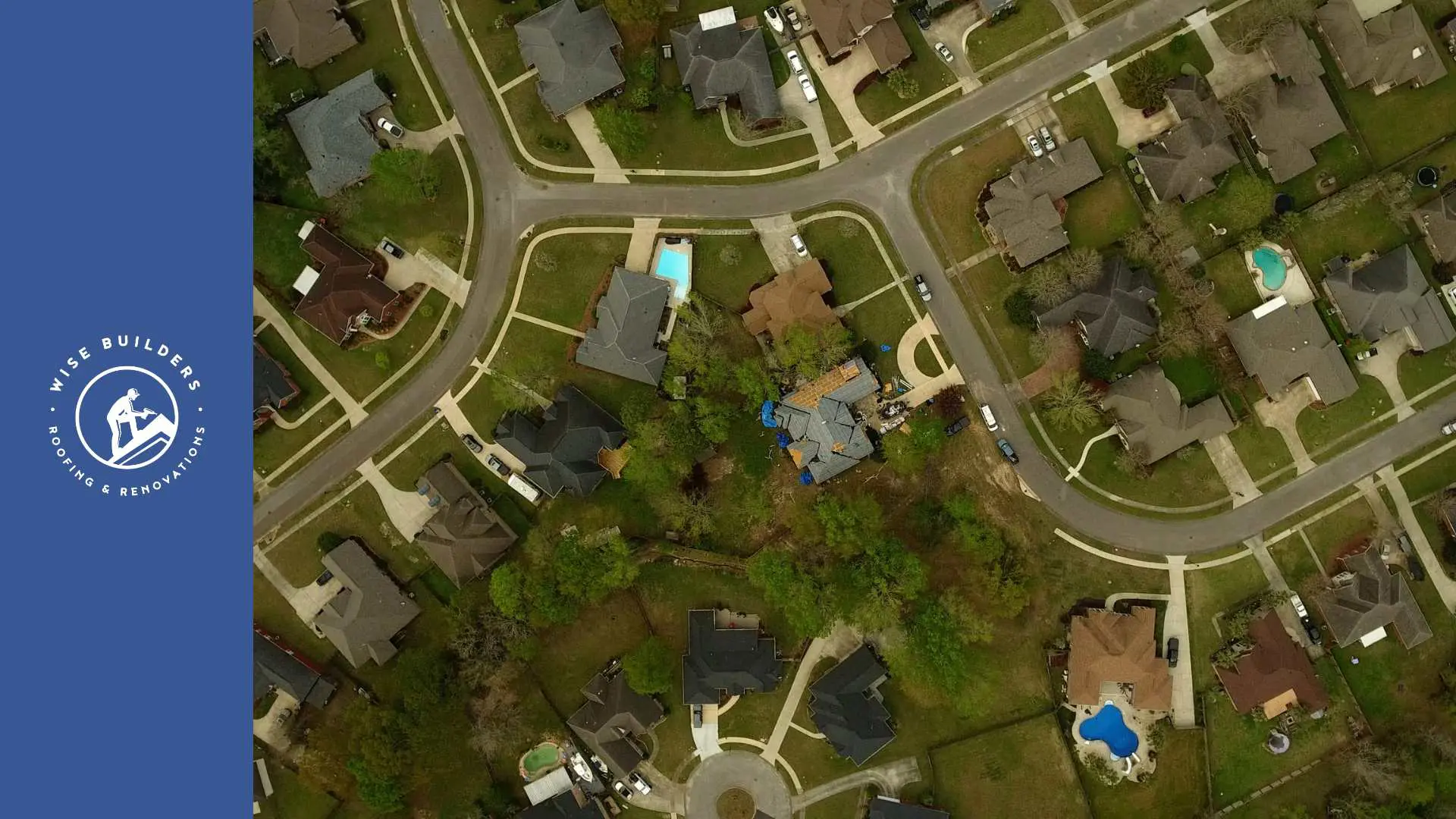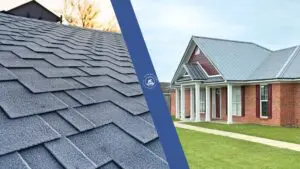When facing the necessity of a roof replacement, homeowners are confronted with a critical decision: embark on a DIY project or engage professional roofing services. This choice not only impacts the project’s cost but also its quality, safety, longevity, and ultimately, the resale value of the home. This comprehensive analysis aims to guide homeowners through the intricacies of both options, ensuring an informed decision that aligns with their needs, skills, and budget.
Understanding the Scope of Roof Replacement
Roof replacement is a substantial undertaking that demands meticulous planning, precision, and expertise. It involves more than just the removal and replacement of shingles; it encompasses structural assessments, waterproofing, insulation, and ventilation adjustments, among other critical considerations. Given the complexity and the stakes involved—protecting your home and ensuring its structural integrity—the decision between DIY and professional roofing replacement should not be taken lightly.
The DIY Approach: Pros and Cons
The allure of DIY roof replacement often lies in the potential for cost savings. For those with substantial roofing experience, access to the necessary tools, and a comprehensive understanding of roofing systems, DIY can be a rewarding challenge. However, the risks and limitations are significant.
Pros:
- Cost Savings: Potentially lower upfront costs by eliminating labor expenses.
- Scheduling Flexibility: Ability to work on the project according to your own timeline.
Cons:
- Safety Risks: Roofing is inherently dangerous, with a high risk of falls and injuries.
- Quality Concerns: Without professional expertise, there’s a higher likelihood of mistakes that can compromise the roof’s integrity and lead to future issues.
- Time Investment: DIY projects often take significantly longer to complete, especially without a team of experienced workers.
- Warranty and Insurance: Many roofing material warranties require installation by certified professionals, and personal insurance may not cover DIY accidents.
Professional Roofing Replacement: Pros and Cons
Opting for professional roofing services, such as those provided by Wise Builders Roofing and Renovations in Mobile, AL, offers peace of mind through expertise, efficiency, and quality. While the initial cost may be higher than a DIY approach, the long-term benefits often justify the investment.
- Expertise and Experience: Professionals bring years of experience, ensuring high-quality installation and the ability to navigate complex issues.
- Safety: Roofing companies adhere to strict safety standards to protect their workers, significantly reducing the risk of accidents.
- Efficiency: With a team of skilled workers, the project can be completed much faster than a DIY approach.
- Warranties and Insurance: Professional installations often come with extensive warranties, and reputable companies carry insurance to protect homeowners from liability.
- Cost: The primary drawback of professional services is the higher initial cost, primarily due to labor expenses.
Materials and Tools Needed for Roof Replacement
When undertaking a roof replacement project, having the right materials and tools is essential for ensuring a successful and safe installation. Homeowners should prioritize high-quality roofing materials, which include asphalt shingles, metal roofing, or other suitable options based on their specific needs and preferences. Additionally, high-quality roofing nails, which are specially designed to hold the roofing materials securely, must be chosen carefully to ensure durability and longevity.
Equipping yourself with the right tools is equally important. Essential tools for a roof replacement include a sturdy ladder, roofing nail gun or hammer, utility knife, chalk line, and safety harness. These tools not only facilitate efficient work but also enhance safety throughout the project. Ensuring you have both the appropriate roofing materials and the right tools at your disposal sets the foundation for a successful roof replacement project.
Types of Roofing Materials
Understanding the various roofing materials is crucial for any roof replacement project. Asphalt shingles are among the most popular options due to their affordability and ease of installation in DIY roofing projects. Conversely, metal roofs offer longevity and are known for their energy efficiency, making them a great choice for homeowners seeking durability. Additionally, slate and tile roofs provide an aesthetic appeal, often enhancing a home’s resale value. When selecting roofing materials, consider local building codes and ensure that you have the right tools and knowledge to manage installation requirements safely and effectively. Regular inspections will help maintain the integrity of your new roof.
Essential Tools for DIY or Professional Roof Replacement
Whether opting for a DIY approach or hiring professionals, having the right tools is critical to a successful roof replacement. Here’s a list of essential tools:
- Safety Harness and Roof Anchors: Ensuring safety while working at heights is paramount.
- Roofing Nail Gun or Hammer: For securely attaching roofing materials.
- Pry Bar: Useful for removing old shingles and nails.
- Roofing Shovel: For efficient removal of roofing materials.
- Utility Knife: Handy for cutting underlayment and shingles.
Using these tools not only facilitates a smoother installation process but also ensures that safety precautions are adhered to throughout the project. Regardless of experience level, investing in quality tools can significantly impact the overall outcome of the roof replacement project.
Step-by-Step Roof Replacement Process
Embarking on a roof replacement project requires a clear understanding of the step-by-step process involved. First, it’s crucial to prepare your work area to ensure safety and efficiency. This involves removing any obstacles around the home and informing someone of your plans for added safety. Subsequently, the old roofing materials must be removed, allowing for an inspection of the roof deck for any potential damage, including the necessary ventilation vents.
Regular inspections throughout the process are essential to identify leaks or structural issues early on. Regular inspections addressing these concerns promptly can help avoid costly repairs down the line. Ultimately, a thorough approach not only enhances the quality of the roof replacement but also contributes to the longevity and safety of the new roofing system.
Preparing the Work Area and Safety Considerations
Taking on a roofing project can be both thrilling and daunting. The sense of accomplishment of completing a DIY roof replacement project often outweighs the potential risks, especially for adept homeowners. However, the decision hinges on evaluating personal skill levels against the intricacies of roofing materials, local building codes, and safety precautions. While cost savings may be enticing, it’s crucial to remember that hiring professional roofers ensures quality workmanship and peace of mind, especially for complex situations or ensuring compliance with regulations.
Removing Old Roofing and Inspecting the Roof Deck
Tackling the task of roofing oneself can yield a strong sense of accomplishment, yet it’s essential to weigh the benefits against potential pitfalls. Cost savings can be significant with a DIY roof replacement, but lack of experience may lead to issues like leaks or non-compliance with local building codes. Understanding roofing materials, proper installation techniques, and safety precautions is crucial for a successful new roof. Engaging a professional roofing contractor ensures peace of mind, especially when considering the complexity of roofing work and the importance of a durable, long-lasting roof.
Installing Drip Edge, Underlayment, and Flashing
Considering a DIY roof replacement offers distinct advantages and drawbacks. On one hand, significant cost savings can be achieved by doing your own roof replacement, particularly by eliminating labor costs associated with hiring a professional roofing contractor. The sense of accomplishment in taking on such a project can be rewarding, yet it comes with challenges, such as meeting local building codes and ensuring that safety precautions are observed. Additionally, handling roofing materials requires skill and understanding, particularly regarding the correct installation of shingles and flashing for long-lasting results.
Installing Roof Shingles and Ventilation Components
The DIY approach to roof replacement offers a mix of benefits and challenges. Homeowners embracing this route may enjoy significant cost savings while gaining a sense of accomplishment. However, risks abound; improper installation can lead to leaks and safety hazards, and navigating local building codes can be daunting. Professional roofers bring expertise, ensuring compliance with local regulations and a warranty for their work. Assessing your skills and the complexity of the project will greatly influence the decision to tackle the roofing work on your own.
Cost Analysis: DIY vs. Professional Roof Replacement
Evaluating the financial aspects of roof replacement involves assessing both initial expenses and long-term value. Undertaking a DIY roofing project can significantly reduce labor costs, yet it requires a substantial investment in quality materials, tools, and personal effort. Conversely, hiring a professional roofing contractor ensures adherence to local building codes and standards but often incurs higher upfront costs. This analysis embraces not only the price of materials like asphalt shingles and flashing but also considers potential future repairs and peace of mind associated with expert workmanship.
Making the Informed Choice
When deciding between DIY and professional roof installation and replacement, homeowners must consider several factors beyond just the financial aspect. The complexity of the project, personal experience and skill level, safety concerns, and the value of warranties should all play a role in this decision.
Situations Best Suited for Professionals
Certain scenarios particularly warrant professional expertise:
- Complex Roof Designs: Homes with intricate roof designs or multiple levels benefit from professional handling.
- Time Constraints: If the roof needs to be replaced quickly, perhaps due to impending weather conditions, professionals can expedite the process.
- Structural Concerns: If there are underlying structural issues, professionals can address these as part of the replacement process.
Warranties and Insurance Considerations for Roof Replacement
Warranties and insurance are pivotal aspects to consider when replacing a roof. Professional roofing services typically offer warranties for both labor and materials, providing homeowners with peace of mind should any issues arise post-installation. Many roofing material manufacturers also stipulate that their warranties are only valid if their products are installed by certified professionals, further emphasizing the importance of hiring qualified contractors.
Homeowners should also consult their homeowner’s insurance policies regarding coverage for roof replacement. Understanding the implications of DIY efforts on homeowner’s insurance claims is crucial, as improper installations could nullify coverage. Thus, ensuring both adequate warranties and insurance protection is fundamental to safeguarding your investment in a new roof.
How to Choose the Right Roofing Contractor
Selecting the right roofing contractor is a crucial step in ensuring a successful roof replacement. Homeowners should begin by checking the contractor’s credentials, including licenses and insurance coverage. A reputable roofing contractor will possess the proper certifications to perform the work according to local regulations.
Additionally, comparing quotes from multiple contractors can provide insight into the market rate for roofing services. Homeowners should look for detailed estimates that outline the scope of work, materials, and timelines. Reviews and references from previous clients can also offer valuable perspectives on the contractor’s reliability and quality of work. Taking the time to choose the right roofing contractor can significantly impact the overall experience and outcome of the roof replacement project.
Checking Credentials, Reviews, and Local Presence
When looking for a reliable roofing company, checking credentials and reviews is vital. Here are some steps to follow:
- Verify Licensing: Ensure the contractor holds the necessary licenses to operate in your area.
- Read Reviews: Look through Google reviews and ratings on platforms like the Better Business Bureau to gauge customer satisfaction.
- Assess Local Presence: A local company is often more accountable and familiar with regional building codes and weather conditions.
By thoroughly vetting potential roofing contractors, homeowners can make a more informed decision, ultimately leading to a successful roof replacement experience.
Requesting References and Comparing Quotes
To make an informed choice when hiring a roofing contractor, requesting references and comparing quotes is essential. Here are key steps to consider:
- Ask for References: Contact previous clients to inquire about their experiences and satisfaction with the contractor’s work.
- Gather Multiple Quotes: Obtain at least three estimates from different contractors to understand the market pricing.
- Review Quotes Carefully: Look for detailed breakdowns of costs, materials, and timelines to ensure transparency.
Taking these steps can help homeowners identify the most qualified contractor for their roof replacement project, ensuring a successful outcome.
Frequently Asked Questions About Roof Replacement
Homeowners often have questions about roof replacement, especially regarding the DIY approach versus hiring professionals. It’s essential to understand the risks and benefits associated with each option. This can involve exploring factors such as costs, the complexity of the project, and safety considerations. By addressing these questions, homeowners can make informed decisions that align with their needs and circumstances.
Is DIY Roofing Worth It?
Deciding on a DIY roofing project often revolves around potential cost savings and the personal satisfaction of completing such a DIY roofing project. However, homeowners should weigh these benefits against the risks involved, including safety concerns and the possibility of costly mistakes. Understanding that professional roofers bring expertise, tools, and warranties to the table can help homeowners determine whether a DIY roofing project is truly worth it in the long run.
What are the essential steps for a successful DIY roof replacement?
To successfully tackle a DIY roof replacement, start by assessing your current roof’s condition. Gather necessary materials, including shingles and underlayment. Ensure proper safety gear is worn. Remove old roofing, repair any damage, then install new materials carefully. Lastly, inspect your work to ensure everything meets local building codes.
Conclusion
While the temptation to save on costs with a DIY roof replacement is understandable, the benefits of professional roofing services—safety, efficiency, quality, and warranty protection—often outweigh the initial savings. Wise Builders Roofing and Renovations offers expert roofing replacement services, ensuring that your home is protected by a high-quality, durable roof installed with precision and care. Choosing professional services ultimately provides homeowners with peace of mind, knowing their roof is in experienced hands.
We have built hundreds of fortified roofs. We are highly rated by the Better Business Bureau and Nextdoor and we have 5 stars on, Google, Trust Index and Facebook.










